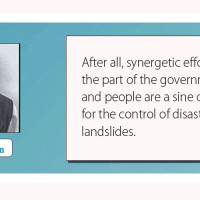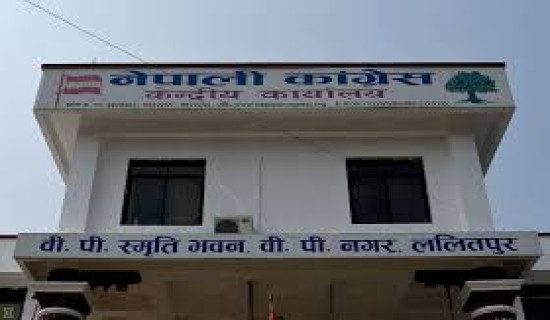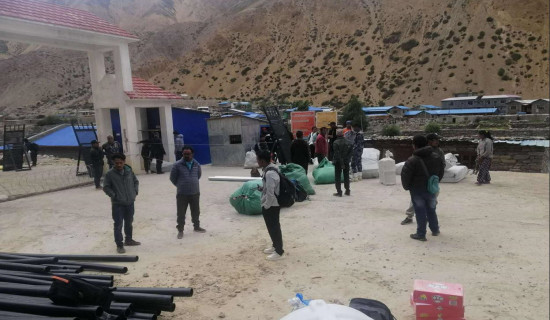- Thursday, 2 October 2025
Embrace Thrift Culture
Britti Aryal
In recent years, the practice of shopping for second-hand items has become a lot more popular in Nepal. The increasing trend of thrifting for cheaper and more fashionable goods has become the best way for sustainability. It is no longer associated with poverty. The rising popularity of thrifting among more wealthy consumers has made it easier for low-income communities to follow the trend as well. Purchasing items that are pre-used or discarded has shown a good way to sustain economically.
A contemporary concept of purchasing a product at a discounted price hasn’t just reduced the demand for new products at high costs but has also reduced the energy required to produce, package, and transport the items. From saving money to reducing waste and promoting sustainability, thrifting has offered many benefits. The growing culture of upcycling and repurposing old items isn’t just about saving money, it’s also about saving the planet.
Most of the unwanted items we throw often end up where they shouldn’t be like in the waste yard or landfills, affecting the environment. Fast fashions and overconsumption have created an environmental crisis. An excessive amount of carbon emission from such type of pollution can lead to climate change, increasing different types of health issues, and thrifting has helped reduce such environmental abuse. It has prodded people to fully utilise resources and save the environment by decreasing their carbon footprints.
In the world of throwaways, embracing thrift has been a revolutionary act. The value we place on an item we buy is often a reflection of their prices, and the rise of thrifting has contributed to developing a culture of producing goods in needed amount. Thrifting not only helps to contribute to the local communities by creating jobs and supporting the local economy but also teaches ethical shopping by supporting a good cause for charity or community service.
The culture of thrifting has worked to lessen the overproduction of goods instead of increasing production and turning it into waste. Buying an item from a thrift store is not only beneficial for a buyer; it is equally advantageous for the sellers of the items that are no longer in use who can make some money by selling them to second-hand markets. This is extremely important to reduce waste.
Through recycling, upcycling, and supporting local communities, thrifting enables us to be more conscious consumers and reduce our environmental impact. From saving money and cultivating a unique style to reducing waste and promoting sustainability, thrifting offers many advantages. It is necessary to create awareness and introduce a thrifting culture among many to bring a change.
Donating and buying secondhand clothing is a simple way for everyone to make a difference and a good chance to make eco-friendly choices that align with our values. So, instead of buying new items, it is better to reuse, recycle, and choose thrifting as far as practicable. Try to make a positive difference for yourself and the planet.
















